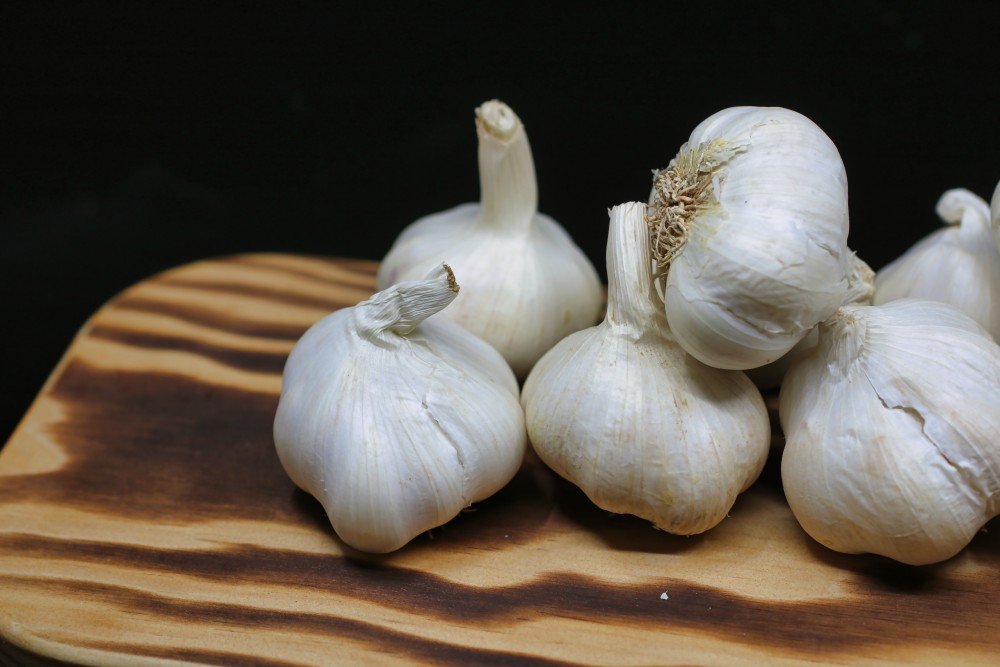What lies behind a Certificate of Analysis – how a wrong result can be right?

What if I told you that two labs, one of which was running an ISO17025 accredited method, tested a sample of garlic powder and passed it as authentic even though it contained 30% clay? Well, they did! Does that surprise you? Spoiler Alert-it shouldn’t. Would you have just accepted the result as-is and never given it a second thought or would you have read and understood the notes on the Certificate of Analysis and taken them into consideration in your decision making?
Let’s take a step back to give some context. Bia Analytical participate in Proficiency Testing schemes, these are ring trials, set up by the likes of FAPAS and LGC, where the organisers provide blind samples to labs, who choose to participate. These labs then analyse the sample using their standard procedures and submit results and information about the method used, returning them back to the scheme organiser under a unique lab identity code known only to them and the organiser. The scheme organiser then collates all the results and issues a report to all participants informing everyone what the samples were and each labs performance. No labs can be easily identified from the report but sufficient information is there to understand what methods were used. In this particular round, four garlic samples were prepared and sent to each of the participating labs who analysed the samples within a timeframe, and submitted their results, then eagerly awaited the report card.
The day finally came when all the results were in. This round had only four participants so sample size is small, but that wouldn’t have changed the outcome.
- The first sample was not adulterated, and all the labs reported it as such.
- The second sample was adulterated 30% with rice powder. All the labs identified it as adulterated.
- The third sample was adulterated 30% with edible clay. Only two labs out of four identified this sample as adulterated.
- The final sample was adulterated with 20% rice powder and 20% edible clay. All the labs identified the sample as adulterated.
What do we make of these results? From the report, the two labs who got the wrong result (for sample three) used Next Generation Sequencing (NGS) methods. One of these labs followed a method that was ISO17025 accredited. NGS is a DNA-based method, it can only be used to detect substances that have sufficient intact DNA. Clay does not contain DNA, neither does things like chalk, talc, starches, and maltodextrin. There is no way these two labs could have detected the clay with NGS. For the fourth sample, the two labs identified the rice but not the clay. I suggest that if it wasn’t for the rice being present, they would have passed this sample as well.
I have absolutely no issues with the labs or indeed their results. They did everything right. They submitted their results and notes on method capabilities/limitations (including mentioning their methods were only suitable to determine substances with sufficient intact DNA), just as they would on a Certificate of Analysis they would issue to you if they were analysing your sample.
My challenge is for you. The person seeking a result. Would you only look at the result or would you look at the fine print (these capabilities/limitations) as well? This is a good thing to get to grips with. It may even explain why you get conflicting results from different labs. It can be as simple as one lab using a method that can’t detect a substance, or differences in Limits of Detection.
My advice to you as we start 2023
- Pay more attention to the small print on your Certificates of Analysis and find out what that means for your result.
- Consider complementary methods if the test you normally use is not meeting your needs.
Be honest with yourself and understand what is important to you. Is it just the word “Pass” or is there more to it? - Having ISO17025 accreditation doesn’t mean the result is right, it means there is a quality management system is place that will only allow a result to be reported when the method is performing to its capabilities within its limitations.
By the way, the two labs that correctly identify all the samples both used different forms of FTIR spectroscopy. And yes, we were one of them.
Tracing the authenticity of food products has never been easier with authenticity testing solutions from Bia Analytical. We can work with you or your contracted 3rd party lab to provide a complimentary testing approach to enhance the quality of your overall Quality Control and Risk Management processes and help to minimise the risk of adulteration and potential quality issues for consumers. Our food authentication testing methods enable you to survey and compare food ingredients; including running rapid non-targeted tests to detect unexpected adulterants and assess the authenticity of ingredients.
Further information
Sales: Email: sales@bia-analytical.com Telephone: +44 (0)2871 879 737
Press: Lauren Fleming, Marketing and Administration Officer: Email: lauren.fleming@bia-analytical.com